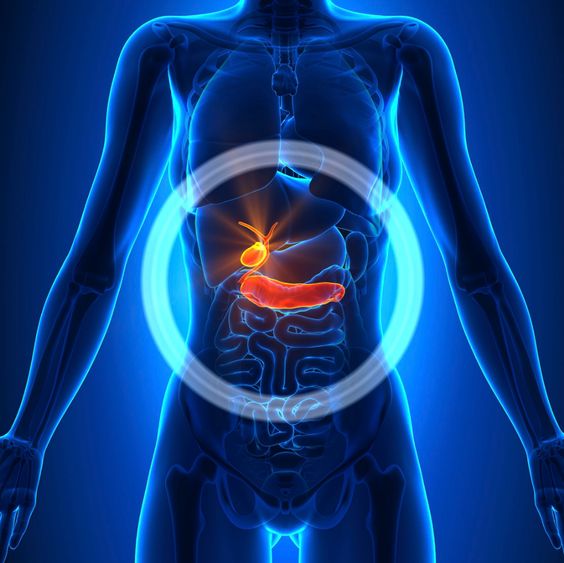Introduction:
Gallstones are hardened deposits of digestive fluid that can form in your gallbladder, a small, pear-shaped organ located just below your liver on the right side of your abdomen. The gallbladder stores bile, a fluid produced by your liver to help digest fats.
Gallstones are a common ailment, affecting a significant portion of the population. They can range in size from a grain of sand to a golf ball, and some people may develop just one gallstone while others develop many. While some gallstones may remain asymptomatic, others can cause a range of uncomfortable and sometimes serious symptoms.

This article aims to shed light on gallstones, delving into their causes, exploring the symptoms that signal their presence, and outlining the treatment options available. Whether you're seeking information for yourself or a loved one, this comprehensive guide will provide valuable insights into this common condition.
What Causes Gallstones?
The formation of gallstones is a complex process that can be attributed to several factors. While the exact cause can vary from person to person, some common culprits include:
- Excess Cholesterol in Bile: The most prevalent type of gallstone, cholesterol gallstones, forms when your bile contains an excess of cholesterol. If your liver produces more cholesterol than your bile can dissolve, the excess cholesterol can crystallize and form stones.
- Excess Bilirubin in Bile: Bilirubin is a chemical produced during the normal breakdown of red blood cells. Certain conditions, such as liver disease and some blood disorders, can cause your liver to produce too much bilirubin. This excess bilirubin can contribute to the formation of pigment gallstones, a less common type of gallstone.
- Inefficient Gallbladder Emptying: If your gallbladder doesn't empty completely or often enough, bile can become overly concentrated, increasing the risk of gallstone formation.
Recognizing the Symptoms of Gallstones
While some individuals with gallstones may remain asymptomatic, others experience a range of symptoms, often triggered by a gallstone blocking a bile duct. Common symptoms of gallstones include:
- Sudden and Rapidly Intensifying Pain in the Upper Right Abdomen: This pain, often described as a sharp, cramping, or gnawing sensation, can also radiate to other areas like the back between the shoulder blades.
- Pain Below the Right Shoulder: This referred pain is another common symptom, signaling potential gallbladder issues.
- Nausea and Vomiting: These symptoms often accompany the abdominal pain, particularly during a gallstone attack.
- Fever and Chills: If a gallstone causes an infection, you may develop fever and chills, indicating the need for immediate medical attention.
Treatment Options for Gallstones
Treatment for gallstones depends on various factors, including the severity of symptoms and the overall health of the individual. Common treatment approaches include:
- Watchful Waiting: If you have gallstones but aren't experiencing any symptoms, your doctor may recommend a wait-and-see approach. Lifestyle changes, such as weight management and a healthy diet, can help prevent gallstones from causing issues.
- Medications to Dissolve Gallstones: In some cases, medications can be used to dissolve cholesterol gallstones. This treatment can take months or even years to be effective and may not be suitable for all individuals.
- Surgery to Remove the Gallbladder (Cholecystectomy): This is the most common treatment for gallstones. It involves surgically removing the gallbladder, typically using minimally invasive laparoscopic techniques.
If you suspect you may have gallstones, it's crucial to consult a doctor for a proper diagnosis and discussion of the most appropriate treatment options for your individual case.

.jpg)